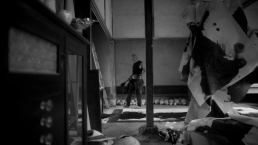Meet Ibrahim M. Jaidah, The Architect of Identity at Rosewood Doha
FEATURE
hello@henryro.com
At the heart of Rosewood Doha stands Ibrahim M. Jaidah, the celebrated architect whose work doesn’t just honour Qatar’s past but redefines its future through form and scale.
There are architects who build for cities, and then there are those who build for legacy. Rosewood Doha architect Ibrahim M. Jaidah manages to do both. Revered across Qatar and beyond, Jaidah is not only one of the most celebrated architects in the region, but also a cultural custodian.
When Rosewood Doha commissioned Jaidah to lead the architectural vision for its striking new hotel and residences, it wasn’t simply engaging an architect. It was embracing a storyteller. A guardian of heritage. A man who looks to the sand and sky and sees beyond the landscape, to memory.

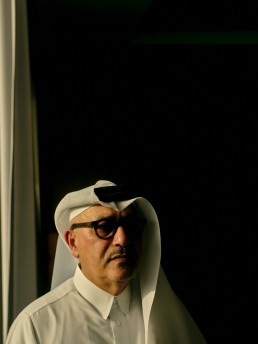
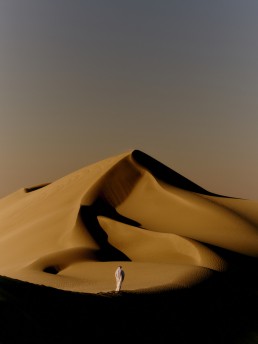
“I see a language built from wind, shadow, silence,” says Jaidah. “This land doesn’t just exist, it teaches.”
Appointed by Rosewood global office to produce a suite of motion and stills collateral for Rosewood Doha, Jagat had the opportunity to spend an afternoon with this esteemed visionary, and honestly time spent with the one who has helped shape the architectural identity of modern Qatar was nothing short of extraordinary. To observe Jaidah at Rosewood Doha, immersed in his own creation, was to witness legacy in motion.
Born in Doha and educated in the United States, Jaidah’s architecture rises from the land itself, informed by coral, desert, breeze, and belief. His buildings are not cut-and-paste blueprints; they are love letters to place. And that rationale is indeed represented within Rosewood Doha.
Inspired by the coral reefs that shape Qatar’s coastline, the facade of Rosewood Doha is an ode to the geometry of the natural world, reimagined in glass and steel. But what makes Jaidah’s work sing is not simply aesthetic. It’s intention. His sense of cultural authorship has earned him both reverence and responsibility. As Group CEO and Chief Architect of Arab Engineering Bureau (AEB), the country’s oldest architectural and engineering firm, Jaidah has shaped everything from museums to ministries. His portfolio includes the Ministry of Interior Headquarters and the Qatar Foundation Headquarters, each as distinct as the cultural context that birthed it.
Our rare encounter now lives on through a series of visual works for Rosewood Doha: an intimate short film honouring the architect himself, and a broader cinematic brand film of Rosewood Doha, capturing the elegance, ambition, and cultural soul of this architectural landmark.
Now that’s how you build a future, that doesn’t forget where it came from.
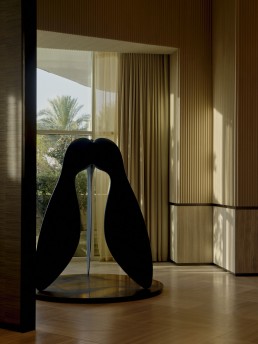
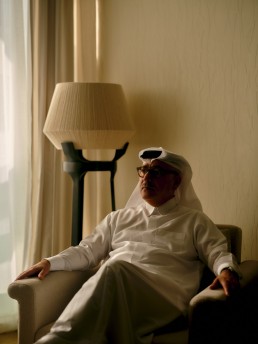
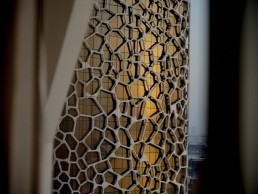
Rugged Beauty, Quiet Luxury
FEATURE
hello@henryro.com
Few places linger long after you leave. Enter Rosewood Cape Kidnappers. From our arrival to the final frame, this shoot was a celebration of contrasts: rugged cliffs, working farmland and curated elegance. What unfolded was a story of place, purpose, and presence.
Rosewood Cape Kidnappers. It’s a place of wonder. Of countryside charm. Of ecological stewardship.
A thriving farm and a wildlife sanctuary, here guests are treated to the harmony of rural life and nature’s bounty with a grand emphasis on Rosewood’s commitment to preservation, all wrapped up in the beauty and the splendour of a luxury stay. It’s nothing short of remarkable. And it was our absolute pleasure to capture this property in all its glory.
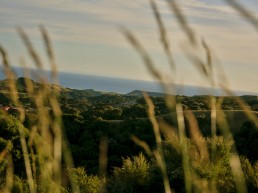
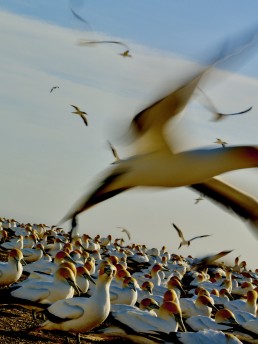
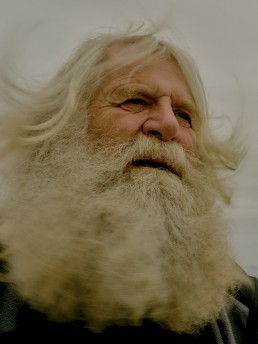
There’s a certain stillness you feel standing on the edge of Cape Kidnappers. It’s not silence exactly, rather a layered pause that comes when wildness and refinement meet. In November 2024, Jagat returned to Rosewood Cape Kidnappers, a place that never plays the same note twice. This was our second time filming here, and yet the landscape, the people, the pace… well, it all felt brand new.
We came to capture the stories: from sunset-lit ridgelines and the wide sweep of Hawke’s Bay to sheepdogs at work, winemakers at play, and a private sanctuary pulsing with ecological intent. The assignment was to document not just a place, but a way of being. It’s something Rosewood understands innately
Cape Kidnappers unfolds across 6,000 rolling acres, and honestly you can feel the scale in your chest. We began with the aerials, chasing early light and late afternoons across the cliffs and coastline, the drone revealing a rugged terrain that’s equal parts cinematic and sacred. The boundless horizon was always going to be our opening. It’s the first thing guests see and the last thing they forget.
Our shoot pivoted to Cape Sanctuary, New Zealand’s largest privately funded conservation project, and perhaps its most poetic. We filmed the landscape from multiple angles, tracing predator-proof fencing and the untouched quiet of takahe habitat. Coupled with the on-property wild bird feeding where guests can feed the endangered kaka their daily supplementary feed of nectar, fruit and vegetables, it’s a reminder that real luxury includes legacy. That ecology isn’t an afterthought, but the blueprint.

With the sanctuary’s narrative captured, we filmed scenes from the working farm: sheep herding at golden hour, guests wide-eyed, farmers perfectly at ease with their daily role. It’s in these human, unguarded moments where it’s easy to see that there’s something deeply grounding about the way the land is worked here. About the respect the staff have for it, and the guests, in turn, learn to mirror.
Food and wine are where that respect is translated into texture. At Loggia Restaurant, the paddock-to-plate menu is a masterclass. It’s perfect in every sense of the word (the melt in your mouth lamb an absolute highlight). From there, we moved to the heart of the lodge: the villa and suites, and put simply there’s an ease to the architecture, it’s luxurious without pretension.
There are things a camera can’t quite hold: the scent of rain on dry grass, the way gannets rise in waves at the cliff’s edge. But we tried. In every frame, we looked for the truth of this place, not just its beauty, but its balance.
For us, Rosewood Cape Kidnappers is more than a destination, it’s what hospitality can be when it serves something greater. It was a privilege to film here, and an even greater privilege to feel, once again, the deep pulse of the land beneath our feet. Until next time.

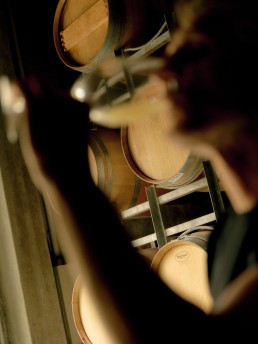
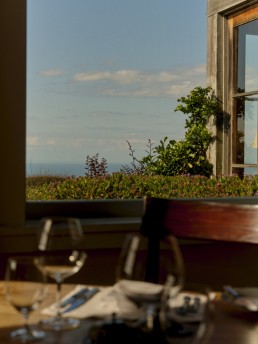
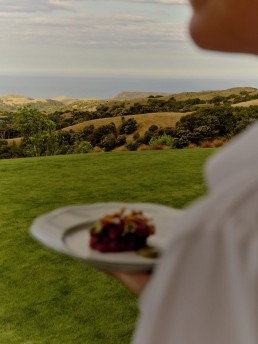
A Journey of Discovery
FEATURE
hello@henryro.com
The Top End of Australia’s Northern Territory is alive in ways unlike other parts of our country. Offering a rare preview into original Australia, time spent on Country in Arnhem Land is an honour granted by Australia’s First Nations People, one of the oldest surviving cultures in the world. The ancestral ground here is sacred, and on arrival when you really connect with your surroundings, you can sense it with every fibre of your being.

From the moment our charter flight from Darwin lands on the red dirt runway of Murwangi Safari Camp in East Arnhem Land, it’s apparent the Jagat crew are in for a lifetime memory unlike any other. Commissioned by Outback Spirit for Journey Beyond, Jagat are onsite to film this area of immense cultural significance which overlooks the vast Arafura Swamp, one of the most spectacular locations in Arnhem Land.
With permission from Traditional Owners and the Northern Land Council, Outback Spirit has established a luxurious safari camp here, which serves as a remarkable vantage point to explore the wildlife of the area and learn first-hand about Indigenous culture from the Traditional Owners of this very special part of the world.
Providing the only tourism accommodation within the area, this sensational tented safari camp – only available to Outback Spirit guests – has a fully licensed restaurant with in-house chef, safari suites with ensuites and air conditioning, and exclusive access to cultural activities found within the area.
While the weather is fabulous and the wildlife appears around the end of April, the season officially starts in May, with Murwangi Safari Camp teeming with fauna in July and August. With the wet season well and truly in the rearview mirror by this time, birds are migrating in their thousands and the exposed riverbanks provide the perfect relaxation place for the abundance of water buffalo and crocodiles found within the area.
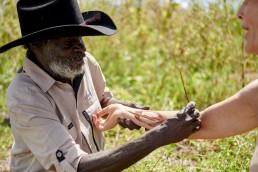
A short charter flight from Murwangi Safari Camp and our team arrive in Seven Spirit Bay, an iconic wilderness lodge on the Cobourg Peninsula. Set amid the pristine marine sanctuary of Garig Gunak Barlu National Park, it’s distinct rocky red cliffs, forested wetlands and white sand beaches are the thing of postcards from years gone by.
It’s here that wildlife lovers unite. Garig Gunak Barlu National Park is a protected Ramsar Conservation site and a unique wetland of biological diversity. With more than 200 species of bird populating the marshes and forests, the area is incredible for bird watching. But that’s where the wildlife watching starts.
Between the estuaries and the turquoise blue waters of the Coburg Peninsula, the marine life is thriving with saltwater crocodiles, manta ray, dolphins, and endangered dugong, while buffalo and banteng cattle still roam the bush.
For those that prefer land adventures, one of the best ways to explore the rugged Coburg Peninsula and the beautiful unspoilt wilderness, is by open back 4WD safari. Seven Spirit Bay offers visits to Rainbow Beach, Vashon Head, and Nipa Palm Gallery.
What a wonderful privilege to experience a journey of discovery on this sacred land firsthand; and while our team were all here for professional reasons, there’s no denying this adventure’s profound personal impact.
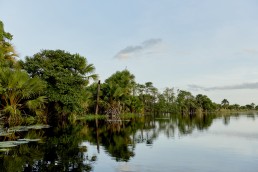
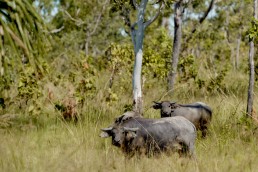
Where Rabari & Leopards Coexist
FEATURE
hello@henryro.com
In the desert state of Rajasthan in north India, the hills of the Jawai are a deeply spectacular place. Home to over one hundred species of migratory birds, a multitude of thousand-year-old metamorphic rocks, granite hills, and wild leopards, the natural beauty here is as extraordinarily raw, as it is ruggedly beautiful. But it’s the connection between Jawai’s local inhabitants that places this area on the truly remarkable map.
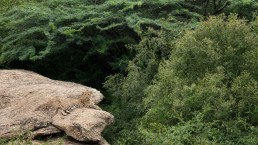
Nature has a extraordinary way of bringing different species together, often resulting in unexpected and awe-inspiring symbiotic relationships. For centuries here in the Jawai Hills, the local Rabari tribal communities – an indigenous tribe of nomadic cattle shepherds and camel herders – have lived in complete harmony with the leopards of the area. While vast numbers of people are injured and killed by leopards each year in other areas of India, there has been a notable absence of human-leopard conflict in the region for decades despite the area being so densely populated by the big cat, it’s been donned “Leopard Country.”
The community believe that the connection is spiritual, almost familial. And it’s certainly plausible. Having migrated to Rajasthan from Iran via Afghanistan over a thousand years ago, the Rabari are devout Hindus and followers of Shiva, the god of wild things who is clothed in – of all things – a leopard skin.
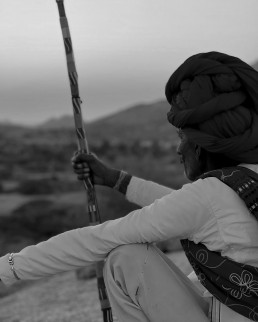
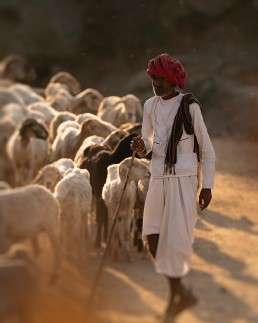
While some believe that landscape, tradition, and culture are the cornerstone of Rabari and leopard coexistence, ultimately the coexistence between the Rabari community and leopards is rooted in a delicate balance between respect, understanding, and adaptation. Both have learned to share the land and its resources, minimizing conflicts, and allowing their respective species to thrive.
Essentially the Rabari's traditional livestock management practices play a crucial role in maintaining harmony. By rotating grazing lands, the community ensures a sustainable supply of fodder for their livestock, reducing competition with leopards for resources. This practice also allows the vegetation to regenerate, benefiting both wildlife and the Rabari's herds. Equally, while there are leopards roaming the area, fields are protected from farming adversaries such as gazelles and antelopes, which can destroy a season’s yield.
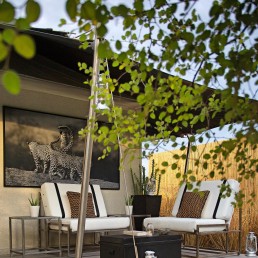
Interestingly, the presence of the Rabari’s livestock benefits leopards as well. While the leopards will occasionally prey on the weaker or sick animals within the herds, (an undertaking most Rabari consider as an offering to Shiva) this behaviour serves as a natural mechanism of population control, ensuring that only the fittest survive. Consequently, the Rabari benefit indirectly as their livestock remains healthier and more resilient.
The coexistence of the Rabari community and leopards stands as a testament to the incredible adaptability and respect that humans and wildlife can show for each other. Their symbiotic relationship, built on ancient traditions and mutual understanding, is an inspiring example for conservation efforts worldwide. As we continue to strive for harmony between humans and nature, we can learn valuable lessons from the Rabari and leopards, fostering a future where both can thrive side by side.
Our team proudly works with Sujan, a collection of unparalleled world class safari lodges found within Rajasthan, the heart of leopard territory.
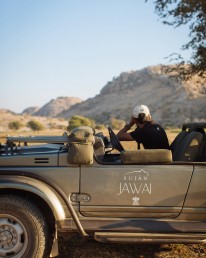
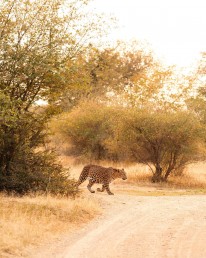

Imagery courtesy Sujan
Into the Wild with Shiro Tsujimura
FEATURE
hello@henryro.com
Once in a lifetime you come across an artist with as much charisma as they have exceptional, natural born talent. Where the beauty in their artmaking belies tradition, where the purity of their creations flow from a lack of formal artistic training, where every detail across each artwork is perfectly imperfect.
Meet internationally renowned artist, Shiro Tsujimura, one of Japan’s leading ceramic artists.
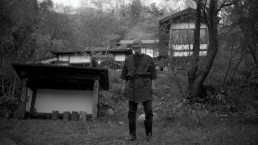
Appointed to interview Shiro Tsujimura for his first ever commission with the Aman Residence Tokyo, it was clear from the moment our team arrived at Tsujimura’s studio in the mountains of Nara, that while his creative and artistic personality was anything but conventional, his mountain – an extraordinary site which laid bare to his home, his studio, his teahouse and multiple thatched dwellings – held the key to each of his creations.
As a film crew, we arrived with an agenda. To interview, to film Tsujimura creating an ink on Washi Paper artwork, to wrap.
Tsujimura had other plans.
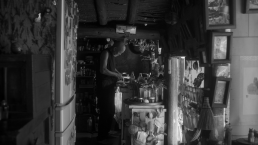
A true master, we trailed as the apprentice to his studio unsure of how the morning would transpire. Almost immediately we observed and watched in awe as he created an oversized paintbrush from overgrown reeds surrounding the studio space. Fascinated, we watched on as a 300-year-old-statue that had turned to rubble mid-earthquake, was liquefied to ink, while the floor was laced with Washi Paper ready for its inscription.
With camera’s poised, it was go time.
With each masterful stroke, Tsujimura created what would become a key commission in the Aman Residence Tokyo, for installation in 2023. Derived from nature’s beauty, and positioned to represent a restful, immersive recess for mental and physical reinvigoration, observing this Washi Paper piece come to life at the established creative hands of Tsujimura, was equal parts incredible and inspirational.
“Shall we now interview?” the team queried.
“We shall eat,” Tsujimura informed through the translator.
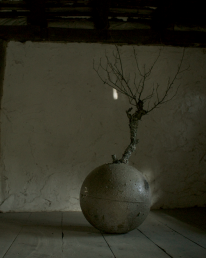
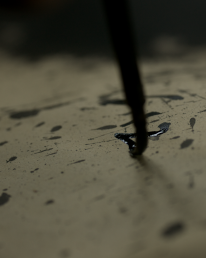
To be warmly welcomed into anyone’s home is a truly beautiful experience. To be warmly welcomed into Shiro Tsujimura’s home, to be cooked for and to break bread with this true artist was a once in a lifetime moment.
To be warmly welcomed into anyone’s home is a truly beautiful experience. To be warmly welcomed into Shiro Tsujimura’s home, to be cooked for and to break bread with this true artist was a once in a lifetime moment.
Over a humbling lunch, an ensuing matcha tea ceremony, a wonderful interview, and a dynamic dinner, what became apparent was that everything on Tsujimura’s property – including the surrounding walls of his humble cottage, the plates we ate from and the cups we drank from – was crafted from Tsujimura’s hands and the earth found on his property.
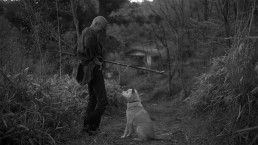
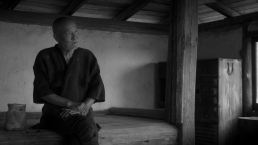
One of the greatest ceramic artists in Japan, Tsujimura is a perfectionist in his art and recognizes his obsession with achieving his goals. He works the clay, he fires it, and lets it mature and age with the passing of time. Indeed, at the time of our meeting, Tsujimura had utilised over 300 tonne of clay throughout the course of his career. Whether throwing clay or utilising an ink based medium he creates his own style and his own independent techniques, always linked, however, to the traditions of the past.
While the beauty of his works speak for themselves, Tsujimura believes that he controls 50 percent of any creative process (the remaining 50 per cent belongs to you and how you perceive his creations). To see his creations firsthand, it’s understandable that his work populates the collections of many museums throughout the world, and now the Aman Tokyo Residence.

